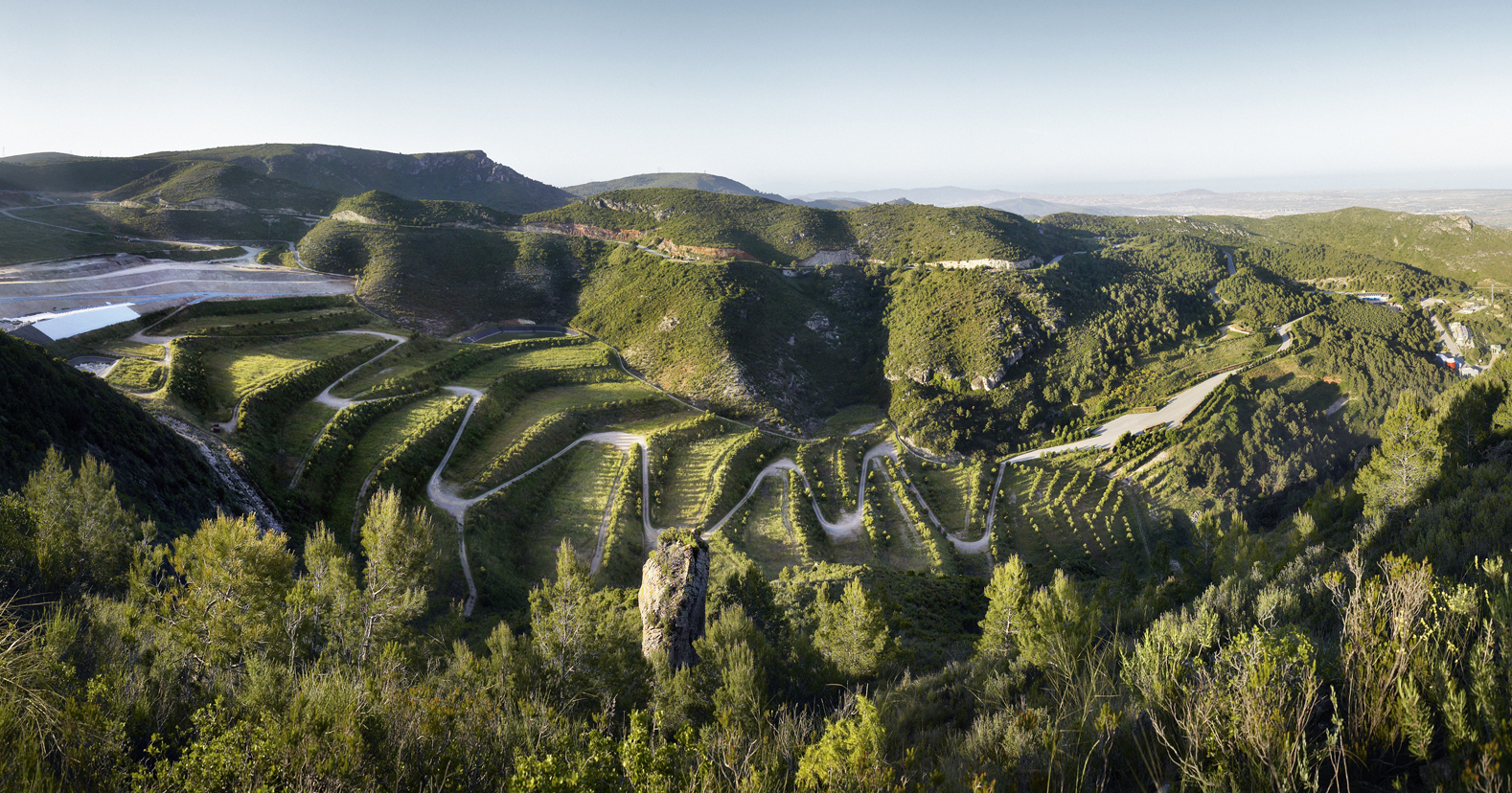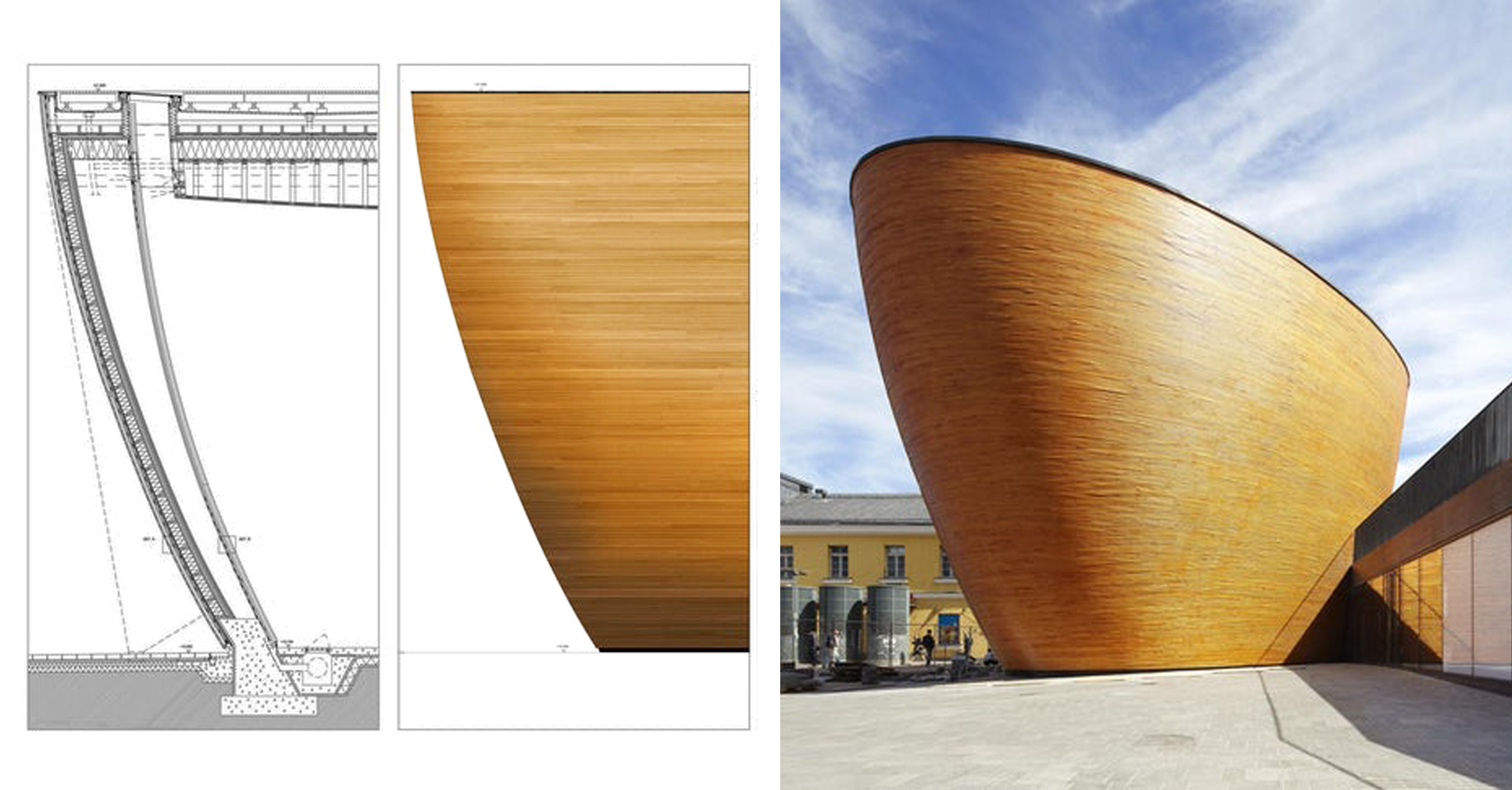New York is known for bright lights, fast walkers, loud horns, and tall buildings. But out on the skinny Rockaway peninsula that dangles off Queens like a loose thread, it’s another world. Down a dirt path just steps from Jamaica Bay (and only a short bike ride from the subway), a young photo agent has set up house in an unassuming clapboard bungalow. Here, he knows his neighbors. He rises early for a sail, a surf, or maybe just a long swim.
Green River Project’s Ben Bloomstein (left) and Aaron Aujla designed this cozy Rockaway bungalow.
Victoria Hely-HutchinsonA 19th-century quilt, raffia pillows, and a dried-grass valance in the bedroom.
Victoria Hely-Hutchinson“It’s brilliant to live in Rockaway,” says the Brooklyn-raised homeowner, who lived in Williamsburg for 14 years before snapping up the seaside spot in 2013. “You have access to everything the city offers, but you live in this beach community.” He slowly transformed the place (when he moved in—just after Hurricane Sandy—the basement was totally flooded), and just over a year ago he sent a cold email to New York–based design firm Green River Project, whose wood-forward furniture he had spotted in a photographer’s portfolio.
“The natural quality of their work really spoke to me,” he recalls. For designers Aaron Aujla and Ben Bloomstein, the prospect brought to mind a long-simmering source of inspiration: Marlon Brando’s 1960s departure to Tetiaroa, about 30 miles north of Tahiti. “He built 12 little houses on the beach and made everything from the resources of the land—conch shells for sinks and straw upholstery,” explains Aujla.
Green River Project’s Black Hyedua dining table and mahogany stool with Bode upholstery in the kitchen.
Victoria Hely-HutchinsonRiffing on that image, he and Bloomstein came up with a scheme that prioritized the client’s biggest at-home passion: cooking. In the kitchen and dining area, they paired stainless steel with rough, coffee-stained lauan and mahogany to give the place a warm, made-by-hand texture. Tobacco, tropical plants, and raffia—all tea-dyed and hand-dried in Green River’s studio—hang from chandeliers, adorn the windows, and cover throw pillows. A few custom pieces, including an oak armchair with cushions of bound reeds and a version of the designers’ lacquered-bamboo lounge covered in motifs from David Hicks book covers, mingle with vintage finds like Mario Bellini’s 1970 Camaleonda sofas, a vintage caned cabinet, and a 1970s redwood-and-slate cocktail table. “We were looking for things that could have been made by us but 100 years ago or 50 years ago,” explains Aujla.
It all complements the homeowner’s collection of ceramics. From age 15 he worked for prominent New York dealer Jason Jacques, and he now lives with everything from utilitarian Japanese bowls to a recently acquired moon pot by American ceramist Toshiko Takaezu. The textural objects mirror the rich woods used throughout—Aujla and Bloomstein even framed an Egon Schiele drawing in raw mahogany. Surprisingly, the largely natural palette of the furnishings is set against eye-popping walls painted lavender, saffron, dusky brown, and arsenic green, all colors that Aujla brought back on paint chips from travels to India. The client was apprehensive at first, but once it was on the walls, he admits, “I came around full circle.”
Most of the project unfolded amid the pandemic, meaning the homeowner, who once saw his home exclusively on nights and weekends, has been in the freshened space around the clock. “It feels so good,” he says, “to finish work, go out for a sunset sail, but still live in New York City.”











